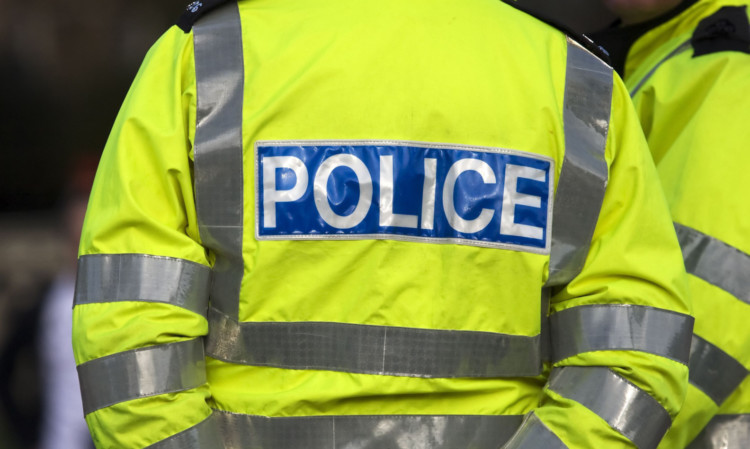
A PROJECT to build an IT system for Police Scotland collapsed because of a loss of trust and disagreements about what it needed to deliver, auditors have said.
Audit Scotland found good practice was followed in the planning and procurement of the i6 programme, which was expected to generate £200 million savings over 10 years for Police Scotland and the Scottish Police Authority (SPA).
Successful contractor Accenture, however, underestimated the complexity of the programme and the resources needed to develop it, the report said.
It added that Police Scotland disagreed with the contractor about whether the system would fulfil contract requirements, which led to a rapid loss of trust.
It said: “The i6 programme had difficulties almost immediately after award of the contract.
“Within weeks of starting the high-level design phase in July 2013, there was a difference in opinion about the search function within i6.
“The i6 programme team believed that the functionality of Accenture’s solution did not meet the requirements it had agreed in the contract.”
Police Scotland, the SPA and the Scottish Government strongly challenged Accenture on delays and problems but received assurances the system would be delivered.
Fundamental flaws and serious errors, however, only became clear when it was passed to Police Scotland for testing in August 2015, the auditors said.
The programme was terminated in July 2016 and the SPA agreed a £24.7 million settlement from Accenture. This refunded the £11.1 million in payments to date as well as a £13.6 million settlement.
The report said some benefits of police reform have since been delayed and have wider implications for the modernisation of Scotland’s justice system and delivery of the Scottish Government’s justice digital strategy.
Auditor General for Scotland Caroline Gardner said: “Modern policing faces financial and operational challenges.
“Given the role that i6 was to play in police reform, there is an urgent need for a frank assessment of Police Scotland’s IT requirements and how these can be delivered alongside the vision set out in the recent Policing 2026 draft strategy.”
Martin Leven, director of ICT at Police Scotland, said: “i6 was an important element of Police Scotland’s ICT plans – but not the sole element.
“Since 2013, more than 30 national applications have been implemented successfully.
“This includes replacing or upgrading a significant amount of outdated hardware and real progress has been made towards the delivery of a new national network and standardised modern national desktop computers.”
A Scottish Government spokesman said: “We welcome the publication of the Auditor General’s report, which helpfully outlines a number of areas of good practice as well as factors behind the decision to terminate the project, enabling police and other public services to learn from these conclusions.
“The report underlines the importance of modern technology in supporting police officers and their civilian counterparts to keep people safe and we welcome the SPA and Police Scotland’s commitment to this through the Policing 2026 draft strategy.
“That long-term strategy will ensure operational and service objectives are more closely aligned to investment priorities and decisions, and this Government’s support for the implementation of this includes enhanced reform funding of £61 million for next year.”

Enjoy the convenience of having The Sunday Post delivered as a digital ePaper straight to your smartphone, tablet or computer.
Subscribe for only £5.49 a month and enjoy all the benefits of the printed paper as a digital replica.
Subscribe